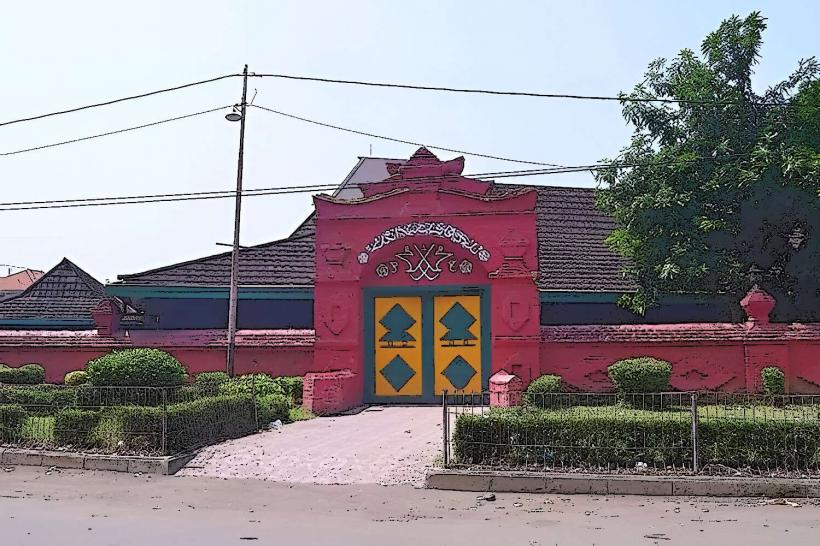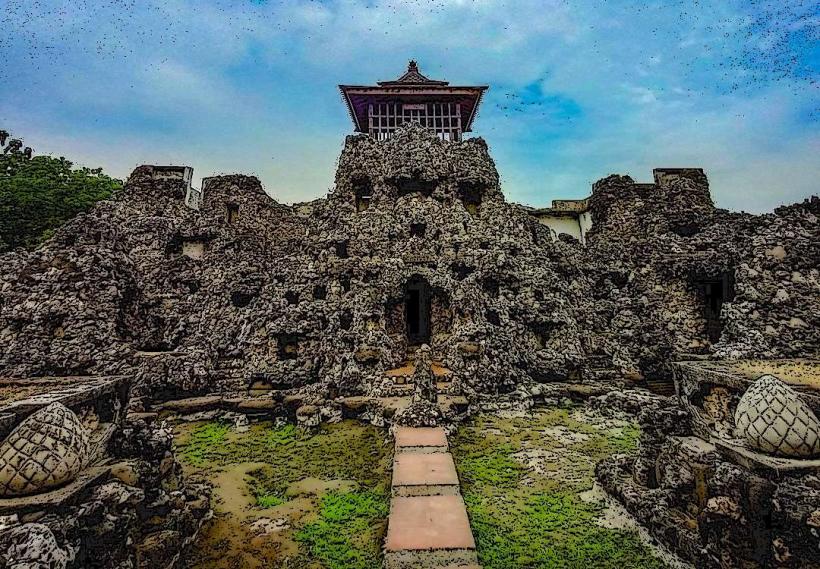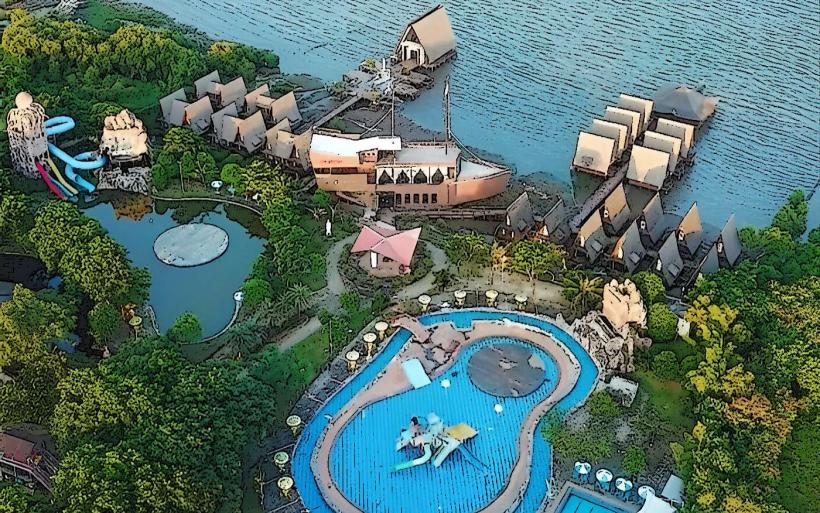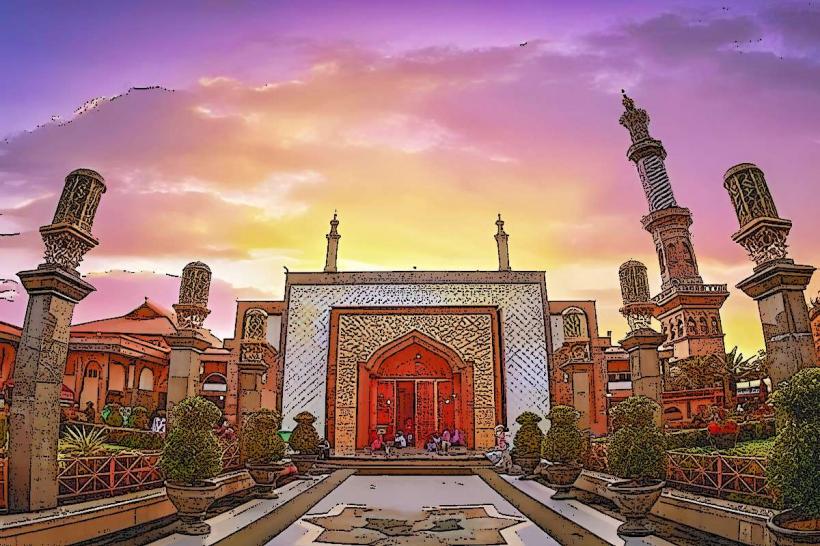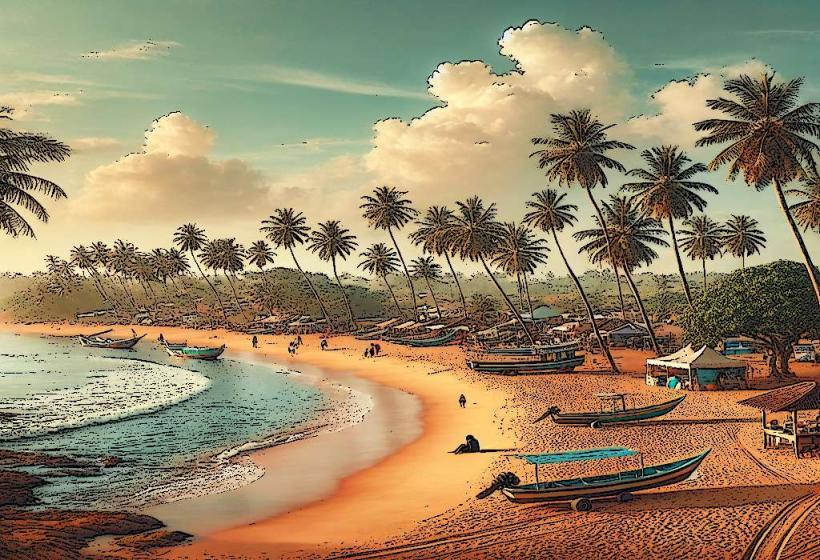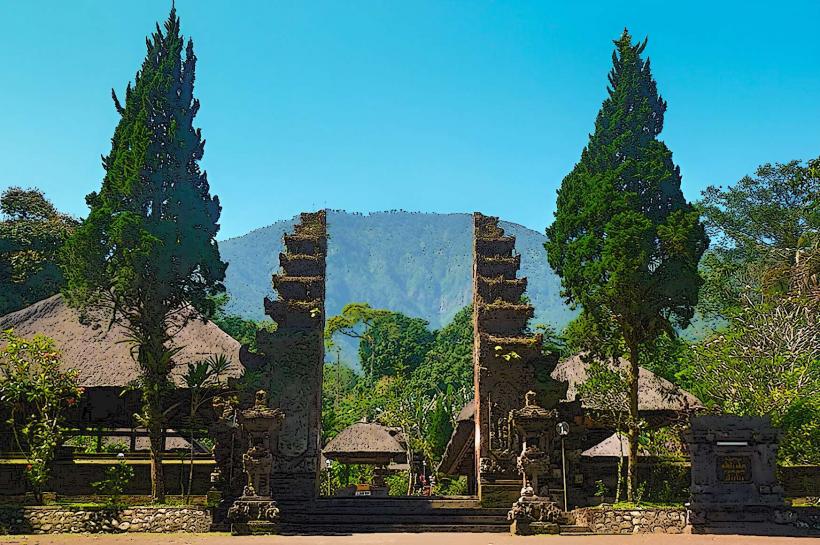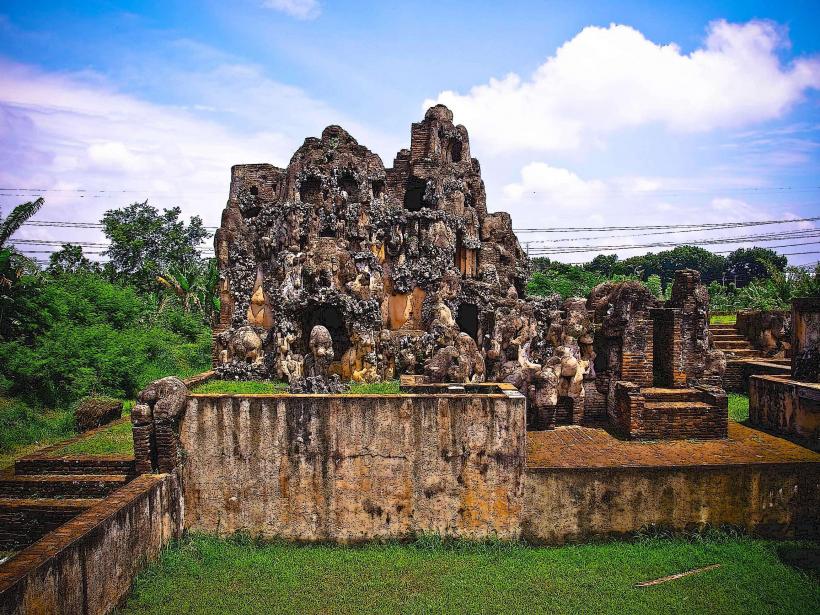Information
Landmark: Keraton KasepuhanCity: Cirebon
Country: Indonesia
Continent: Asia
Keraton Kasepuhan is a historic palace located in Cirebon, West Java, Indonesia. This royal palace is the seat of the Sultanate of Kasepuhan, one of the prominent kingdoms in the region. The Keraton Kasepuhan is an important cultural and historical landmark, reflecting the rich Javanese heritage, architecture, and royal traditions that date back to the 16th century.
History and Significance
- Foundation: The Keraton Kasepuhan was established in 1529 by Sultan Sepuh, the first Sultan of Cirebon. It served as the royal residence and center of government for the Sultanate of Kasepuhan.
- Royal Legacy: The palace is still the residence of the descendants of the Sultan and holds ceremonial importance for the royal family. It remains an active site for cultural events and royal rituals.
- Cultural Importance: The palace symbolizes the rich cultural fusion of Javanese, Islamic, and Chinese influences in Cirebon, which has historically been a center for trade and cultural exchange.
Architecture and Design
Keraton Kasepuhan features a unique blend of traditional Javanese and Islamic architectural styles, with Chinese influences evident in some elements. The architecture is a representation of the multicultural character of Cirebon.
1. Main Building
- The main building of the Keraton is a classic Javanese-style palace with a pendopo (open pavilion), which is traditionally used for meetings and performances.
- The Siti Hinggil (Upper Room) is an important part of the palace, where the Sultan would hold formal events and gatherings.
2. Grand Mosque
- Located within the palace grounds, the Keraton Kasepuhan mosque is another significant feature. It reflects the Islamic heritage of the Sultanate and serves as an important religious site for the royal family and locals.
3. Ornamentation and Art
- The palace is adorned with beautiful intricate wood carvings, traditional Javanese batik, and Chinese-style decorations, creating a harmonious visual representation of the various cultural influences in the region.
- Royal artifacts and ancient heirlooms are also displayed in the palace, providing visitors with a glimpse into the history and lifestyle of the royal family.
Royal Museum
The Keraton Kasepuhan houses a museum that showcases a collection of royal artifacts, ancient manuscripts, traditional costumes, and weaponry that were once used by the royal family. Notable collections include:
- Batik: A collection of royal batik, often with intricate designs representing the royal family's lineage and traditions.
- Weapons: Antique weapons such as keris (traditional Javanese daggers), swords, and spears that were once used by the Sultan and his warriors.
- Cultural Artifacts: Items of historical and cultural significance, including ancient pottery, textiles, and furniture that reflect the royal lifestyle.
Royal Ceremonies and Events
- The Keraton Kasepuhan hosts various traditional ceremonies and cultural events that preserve the royal traditions and Javanese customs.
- Visitors can witness royal celebrations on special occasions, such as the Sultan’s birthday or religious ceremonies.
- The Sultan's coronation and other royal events are marked by elaborate rituals, processions, and performances.
Visiting Keraton Kasepuhan
- Location: The Keraton Kasepuhan is located in the heart of Cirebon, making it easily accessible to visitors who are exploring the city.
- Opening Hours: The palace is open to the public, and guided tours are available to learn more about its history and cultural significance.
- Admission: There may be an entrance fee to visit the palace and museum, and guided tours are often available for a more detailed experience.
Nearby Attractions
If you’re visiting Keraton Kasepuhan, you may also want to explore other attractions in Cirebon:
- Keraton Kanoman: Another royal palace in Cirebon that holds cultural and historical significance.
- Masjid Agung Sang Cipta Rasa: A historic mosque located near Keraton Kasepuhan, known for its unique blend of Javanese and Islamic architectural styles.
- Trusmi Batik Village: Famous for its traditional batik production, a visit to this village allows you to see the process of making Cirebon batik and purchase high-quality batik textiles.
Best Time to Visit
- Weekdays: To avoid crowds, it is best to visit on weekdays when the palace is generally less crowded.
- Special Ceremonies: Attending royal ceremonies or cultural events can provide a unique and enriching experience.
Keraton Kasepuhan is not only a beautiful and historic site but also a living cultural heritage that continues to shape the identity of Cirebon. It is a must-visit destination for those interested in the history, art, and traditions of Indonesia.

